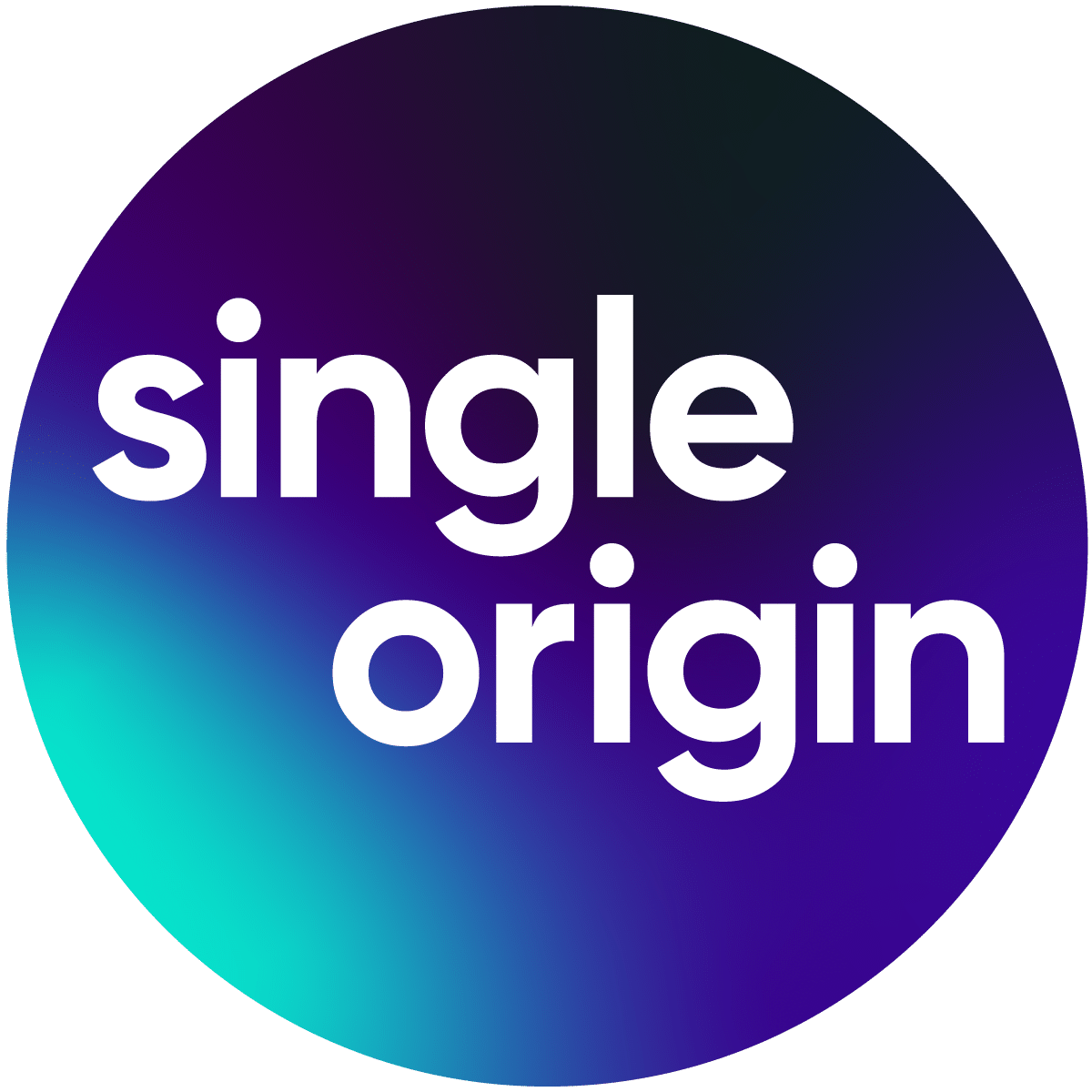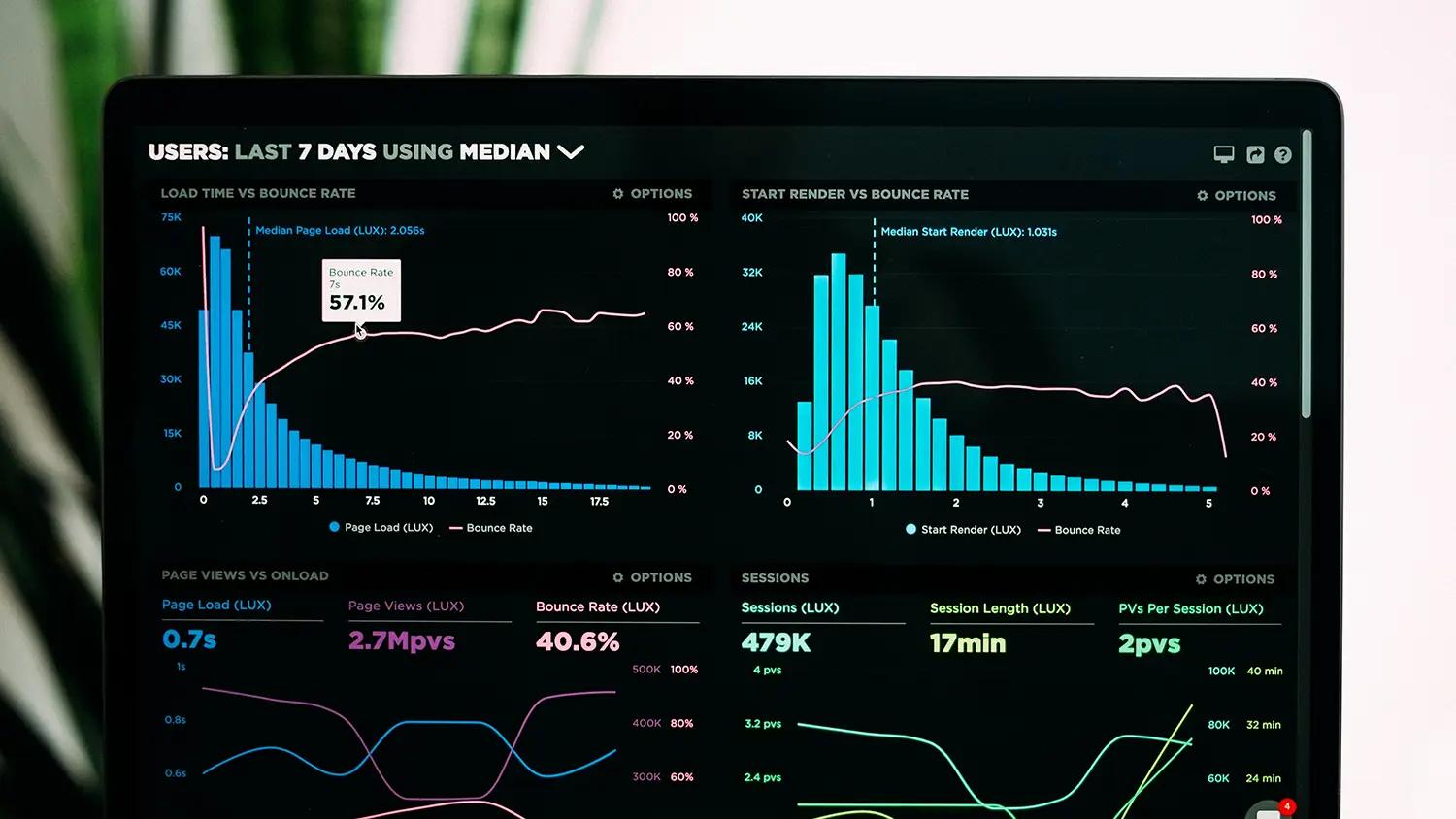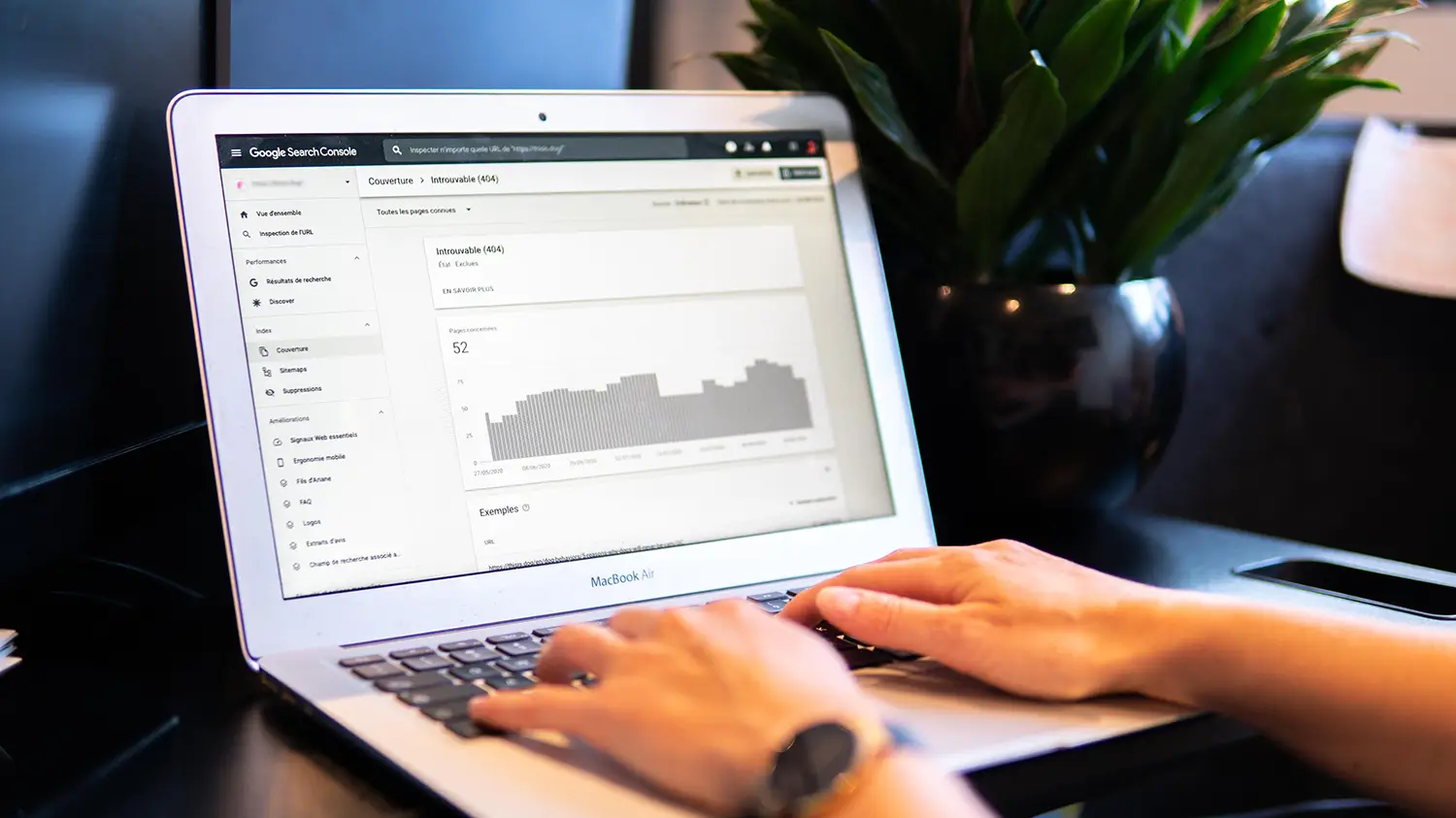Are you struggling to decide whether to focus on organic search or paid search for your marketing campaigns? What if we told you that the real power lies in combining both strategies? In this blog post, we’ll explore the benefits of integrating organic and paid search work together, and share tips on how to make the most of these two powerful channels.
Short Summary
- Combining organic and paid search strategies can improve visibility, click-through rates, ROI & provide a competitive edge.
- Utilize keyword data sharing, landing pages optimization & messaging alignment to ensure success in combining efforts.
- Track key metrics such as CTRs and conversions for informed decisions on resource allocation to maximize ROI & revenue growth.
The Power of Combining Organic and Paid Search
Combining organic and paid search can lead to enhanced visibility, higher click-through rates, and improved return on investment (ROI). Before diving into this hybrid approach, it’s important to establish a solid organic search strategy, securing the top spots for both branded and non-brand search terms. Once you’ve got a strong organic presence, paid search can provide an immediate boost in visibility and attract potential buyers with high purchase intent.
By working with earned media experts such as SEO strategists and content marketers, you can optimize the efficiency and efficacy of paid search ads. The intent of a hybrid search strategy is to:
- Offset the shortcomings of individual channels
- Capitalize on the advantages of appearing on the search engine results page (SERP)
- In competitive industries, combining organic and paid search can give you a competitive edge and connect with customers along every stage of their journey.
Enhancing Brand Awareness
Investing in organic search efforts can generate more organic traffic sessions to your site, ultimately improving the performance of paid advertising due to increased relevance. Consumers have a favorable view of brands that appear in both organic and paid search listings, suggesting that combining these strategies can be an effective way to boost brand awareness. Prioritizing organic search can be particularly beneficial when resources are limited but time is abundant, as it helps secure and maintain the highest rankings for the majority of non-brand search terms.
It is crucial to bid on branded keyword terms in order to protect your brand from competitors occupying ad space. Customizing an advertising strategy to align with your current business objectives is also essential. By striking the right balance between organic and paid search, you can make the most of your marketing budget and create a powerful brand presence in your target audience’s minds.
Maximizing SERP Presence
A powerful presence on search engine results pages is crucial to capturing user attention. Combining paid and organic searches ensures that your brand is highly visible in both organic search results and paid search placements, increasing the likelihood of users clicking on your content and converting. Data from 2017 revealed a 24% year-over-year growth in ad spend, showcasing the potential growth opportunities for businesses utilizing both organic and paid search.
By synchronizing your organic and paid search efforts, you create a more robust campaign that can reach users at different stages of their purchase journey. This helps to drive not only immediate results through paid search ads, but also long-term loyalty and trust through organic search rankings.
Strategies for Integrating Organic and Paid Search
To effectively combine organic and paid search efforts, it’s important to invest in research and analytics. Here are some steps to follow.
- Understand your target demographic, their search intent, and the competitive environment.
- Identify the most suitable keywords and ad copy for your paid search campaigns based on your research.
- Correlate your marketing funnel with search intent to ensure that your organic and paid search campaigns are aligned with the various stages of your customer journey.
By following these steps to perform search engine optimization, you can effectively combine organic and paid search efforts to maximize your results.
Optimizing keyword research, ad copy, and ongoing monitoring requires:
- Researching and selecting the most relevant and effective keywords for your campaigns
- Ensuring that your ad copy is visible to the right audience and is engaging enough to generate conversions
- Continuously monitoring and optimizing your campaigns to achieve their objectives and deliver the best possible results.
Sharing Keyword Data
By sharing keyword data between organic and paid search teams, you can create more effective search strategies, amplify your search engine visibility, and potentially restore lost search engine traffic. Both SEO and PPC teams can benefit from each other’s insights and learnings, fostering a more collaborative and informed approach to keyword research.
Sharing keyword data can lead to:
- The development of more relevant content and advertisements
- A more effective search strategy
- Heightened search engine presence
- The potential to regain lost search engine traffic
This cross-collaborative approach can help your business make the most of your search engine optimization efforts, maximizing the return on investment for both organic and paid search strategies.
Leveraging PPC Insights for SEO Content
Using PPC insights to optimize organic content can lead to enhanced keyword relevance, better testing of ad copy and demographics, and increased total traffic volume by targeting high-performing keywords. By analyzing PPC ad performance data, you can optimize organic titles and descriptions, ensuring that your content is both engaging and visible to your target audience.
PPC advertisers can obtain immediate feedback on keyword performance, which can be invaluable for optimizing SEO content. By leveraging these insights, businesses can create a more unified marketing campaign and propel their brand forward, maximizing the benefits of both organic and paid search efforts.
The Impact of Organic and Paid Search on Other Marketing Channels
Organic and paid search can have a positive impact on other marketing channels such as social media and email marketing. Boosting brand recognition, driving website traffic, and improving click-through rates for PPC ads are just a few of the benefits of combining paid and organic search efforts.
By understanding the intricate relationship between organic and paid search, you can create more robust digital marketing campaigns that successfully reach your target audience across multiple channels.
To maximize the effectiveness of your campaigns, it is crucial to maintain consistent messaging across all channels. This includes:
- Organic and paid search
- Social media
- Email marketing
- Any other channels in your marketing mix
By doing so, you ensure that your brand maintains a cohesive image and delivers a seamless customer experience, ultimately driving greater results for your business.
Aligning Messaging Across Channels
Synchronizing messaging across channels can facilitate the formation of a consistent brand image, enhance customer experience, bolster brand recognition, enhance marketing efficiency, and enable personalization. This can result in stronger consumer relationships and more streamlined employees across channels. To ensure a consistent brand image across all channels, it’s important to maintain a unified message and visual identity. This includes using the same logo, colors, fonts, and other visual elements, as well as ensuring that the messaging is consistent and that the tone and voice are consistent across all channels.
To ensure an optimal customer experience, it’s essential to provide a seamless transition between channels. Customers should be able to move from one channel to another without having to restart their process. Additionally, it’s important to ensure that customers have access to the same information and resources across all channels, further enhancing the overall customer experience.
Utilizing Landing Pages
Landing pages are webpages specifically created for a particular campaign or offer, guiding visitors to a single call to action. Employing landing pages can boost conversion rates, generate more leads, and enable the most effective interaction and delivery of key brand messages to consumers.
For organic search, landing pages should be optimized for targeted keywords and phrases, while for paid search, landing pages should be tailored to the ad copy and offer. An effective landing page should incorporate a distinct headline, succinct copy, and a powerful call to action.
Monitoring metrics such as traffic, conversions, ROI, and revenue growth can help gauge the success of your landing pages and inform future strategies.
Overcoming Challenges in Combining Organic and Paid Search
Combining organic and paid search can present some challenges. Finding the optimal balance between organic and paid search and avoiding the overlap of traffic are two major obstacles. Furthermore, SEO can be a lengthy process, while paid search can be expensive. However, by understanding how SEO and PPC complement each other, businesses can optimize their marketing campaigns and make the most of their investment.
Retargeting ads can be an effective tool for capturing users’ attention after they have left your site, helping to overcome some of the challenges associated with combining organic and paid search. By implementing the right strategies and closely monitoring key performance metrics, businesses can successfully combine organic and paid search efforts for maximum results, including the use of paid ads.
Balancing Budgets
Allocating resources between organic and paid search can provide several advantages, including increased reach and visibility, enhanced user experience, and decreased customer acquisition costs. When allocating budgets for organic and paid search, it’s important to consider the objectives of the campaign. For instance, if the goal is to boost brand recognition, more budget should be assigned to organic search. On the other hand, if the goal is to generate conversions, more budget should be allocated to paid search.
Budgets should be adapted based on performance metrics, like click-through rate and cost per click, to ensure that both channels are receiving appropriate funding for optimal performance and prevent overinvestment in one channel at the expense of the other. By closely monitoring key metrics and making informed decisions, businesses can find the perfect balance between organic and paid search efforts.
Navigating competitive industries for organic and paid search can be advantageous when done correctly. An effective search campaign requires a cross-collaborative approach that brings together organic and paid search for improved reach and visibility. Paid search provides quick results and attracts potential buyers with a high purchase intent, while organic search is cost-effective and builds a loyal following over time. To make your paid search work effectively, it’s essential to strike the right balance between organic and paid strategies.
By implementing strategies such as sharing keyword data, utilizing PPC insights for SEO content, and coordinating messaging across channels, businesses operating in competitive industries can maximize the benefits of both organic and paid search efforts. This careful balance can give your business a competitive edge and ensure that you reach your target audience across multiple marketing channels.
Measuring Success: Key Metrics to Track
To evaluate the success of organic and paid search efforts, key metrics such as:
- Click-through rate
- Conversion rate
- Cost per click
- Quality score
- Impressions
- Return on investment
Monitoring these metrics can help businesses understand the efficacy of their marketing strategy, make informed decisions about where to allocate resources, and identify which keywords and campaigns to prioritize.
By tracking these essential metrics, businesses can optimize their organic and paid search campaigns, improve their return on investment, and gain valuable insights into their target audience’s behavior. As a result, they can make data-driven decisions that ultimately drive growth and success in their marketing efforts.
Traffic and Conversions
Monitoring traffic and conversions for organic and paid search is essential to gain insights into which channels are driving the most valuable traffic and conversions. This data can be used to:
- Optimize campaigns
- Improve return on investment
- Make informed decisions about where to allocate resources
- Prioritize keywords and campaigns
Businesses can leverage analytics tools such as Google Analytics to gain detailed insights into website performance. Additionally, keyword tracking tools can be utilized to monitor the performance of campaigns and determine which keywords are driving the most traffic and conversions through search engines.
ROI and Revenue Growth
Monitoring return on investment (ROI) and revenue growth is crucial for evaluating the effectiveness of organic and paid search efforts. By tracking key metrics such as traffic, conversions, and revenue, businesses can gain valuable insights into the effectiveness of their marketing strategies and make informed decisions about where to allocate resources and which campaigns to prioritize.
Businesses can maximize ROI and revenue growth by utilizing insights gained from organic and paid search campaigns, synchronizing keyword data across campaigns, and coordinating messaging across channels. By continuously monitoring and optimizing their campaigns, businesses can successfully combine organic and paid search efforts to drive growth and success through search marketing.
Summary
In conclusion, combining organic and paid search strategies can lead to powerful results for businesses across various industries. By implementing best practices for integrating organic and paid search efforts, aligning messaging across channels, and utilizing landing pages effectively, businesses can maximize their online presence and drive growth. Monitoring key metrics and making data-driven decisions will ensure the success of your marketing campaigns and help you achieve your goals. So, are you ready to harness the power of organic and paid search to propel your business forward?
FAQs
Yes, organic search affects paid search. SEO and PPC work together to increase visibility on SERPs. Studies have demonstrated that SEO improves the click-through rate of PPC ads.
By pursuing both organic and paid search campaigns, you can access more accurate demographic data to help refine your strategy and earn better results.
This is why it’s important to pursue both approaches.
Paid search and SEO work together to target audiences searching for keywords related to a business. Paid search brings immediate leads through ads on the SERP while SEO builds brand credibility, improving the performance of PPC campaigns and converting leads into repeat customers.
Paid search offers an advantage over organic search in that it provides immediate results, allowing businesses to rise above organic result rankings and appear on the first page of a search. It also attracts ready-to-buy users, offers keyword data for SEO purposes and supplies actionable data.
By sharing keyword data, leveraging PPC insights and coordinating messaging, you can effectively combine organic and paid search strategies for a unified marketing campaign.






